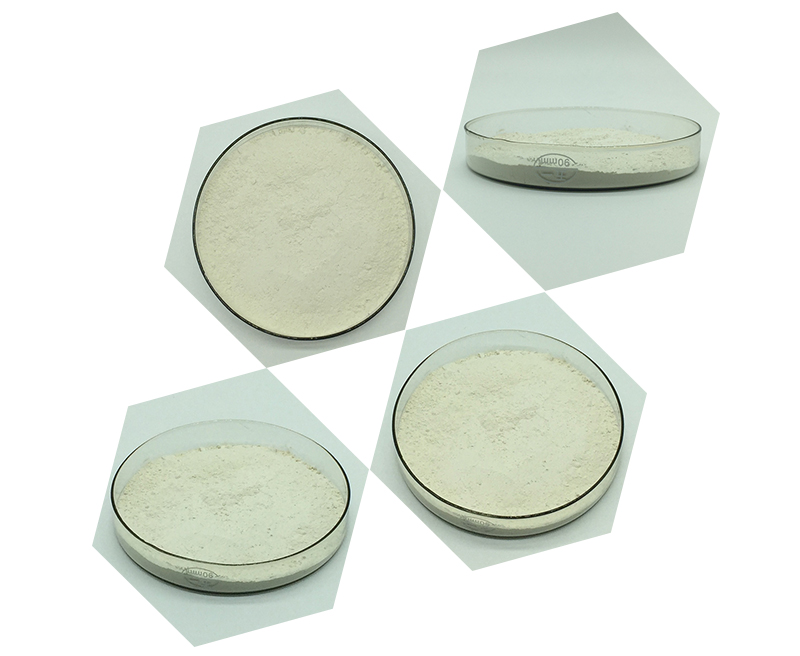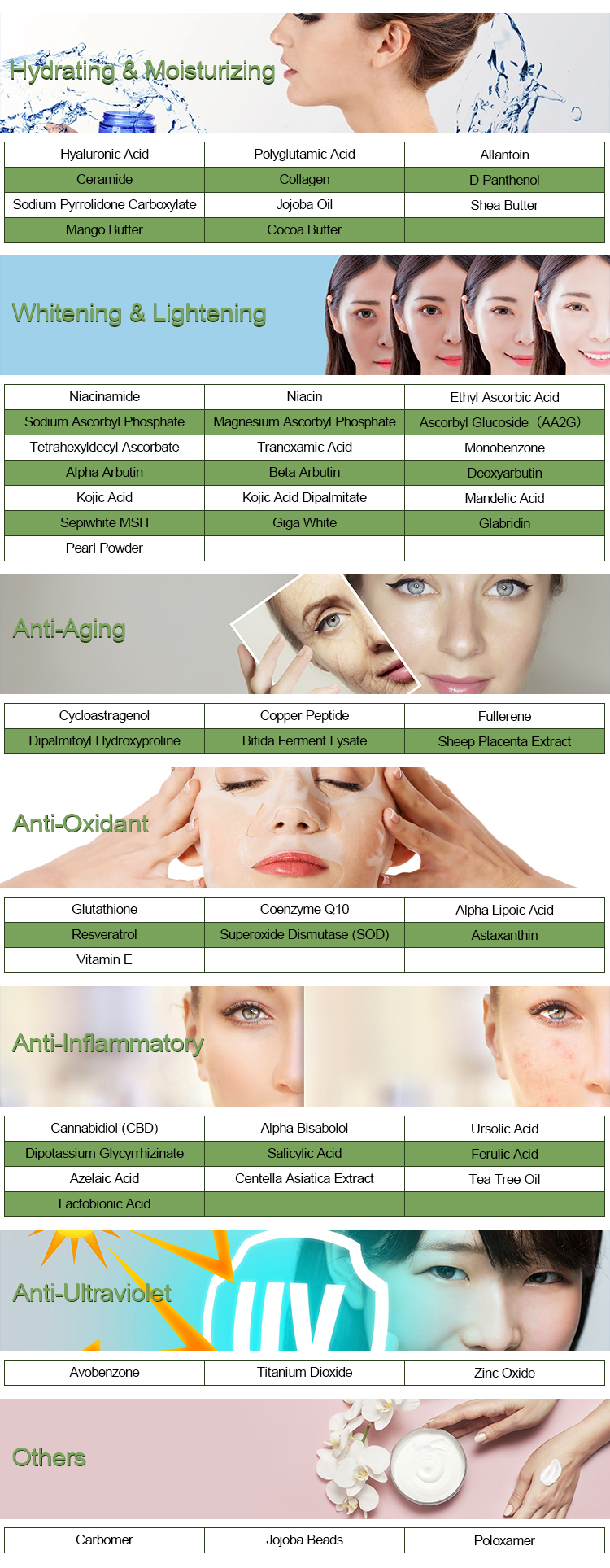Silk fibroin is a natural protein that makes up the structural core of silk fibers produced by silkworms and some other insects, like spiders. The basic ingredient of silk fibroin is the fibroin protein itself. It is a long, fibrous protein composed primarily of a repeating sequence of amino acids, with the primary amino acids being glycine, alanine, and serine. These amino acids are linked together in a specific sequence, and the resulting protein structure provides silk with its unique strength, flexibility, and other desirable properties. Silk fibroin has been of interest in various applications, including the textile industry, biotechnology, and medicine, due to its biocompatibility and versatility.

The processing of Silk Fibroin
The processing of silk fibroin is a crucial step in converting raw silk into various silk-based products, including textiles, medical sutures, and cosmetics. Silk fibroin is a protein derived from the silkworm’s cocoon, and it is known for its strength, biocompatibility, and versatility. The processing of silk fibroin involves several key steps:
Degumming: The process typically begins with degumming, where the raw silk fibers are boiled to remove the sericin, a gummy protein that holds the fibers together in the cocoon. This step can be done using hot water or mild alkalis. The result is a semi-transparent, gummy solution that contains pure silk fibroin.
Dissolution: The degummed silk fibroin is then dissolved in a suitable solvent, often involving the use of a mixture of water and a co-solvent such as lithium bromide. This creates a viscous solution that can be further processed.
Regeneration: To create various silk-based products, the silk fibroin solution can be processed in different ways, depending on the desired end product. These processes can include wet spinning, electrospinning, or 3D printing. In wet spinning, the solution is extruded into a coagulation bath, where it solidifies into fibers. Electrospinning involves using an electric field to create ultrafine fibers from the solution. 3D printing can be employed to create complex structures with silk fibroin.

Post-Processing: Once the silk fibroin has been spun into fibers or processed into a desired form, it may undergo additional post-processing steps. This can include washing to remove any residual solvents, drying to remove excess water, and annealing to improve the mechanical properties of the material.
Application-Specific Processing: The processed silk fibroin can be further modified to meet the specific requirements of different applications. For example, in the medical field, it may be sterilized, dyed, or treated with chemicals to enhance its biocompatibility. In the textile industry, it can be dyed and finished to create luxurious silk fabrics.
Product Formation: The processed silk fibroin is then used to create a wide range of products. For example, in the medical field, it can be used to manufacture surgical sutures and implants. In textiles, it’s used to create clothing and other fabric-based items. In cosmetics, it’s used in skincare products like serums and masks due to its moisturizing and anti-aging properties.
Quality Control: Throughout the processing, quality control measures are essential to ensure the final product meets the required specifications. This may involve testing for strength, purity, and other relevant properties.
The processing of silk fibroin can be tailored to suit the specific needs of different applications, making it a versatile material with a wide range of uses. Its biocompatibility also makes it valuable in various medical and cosmetic applications.
